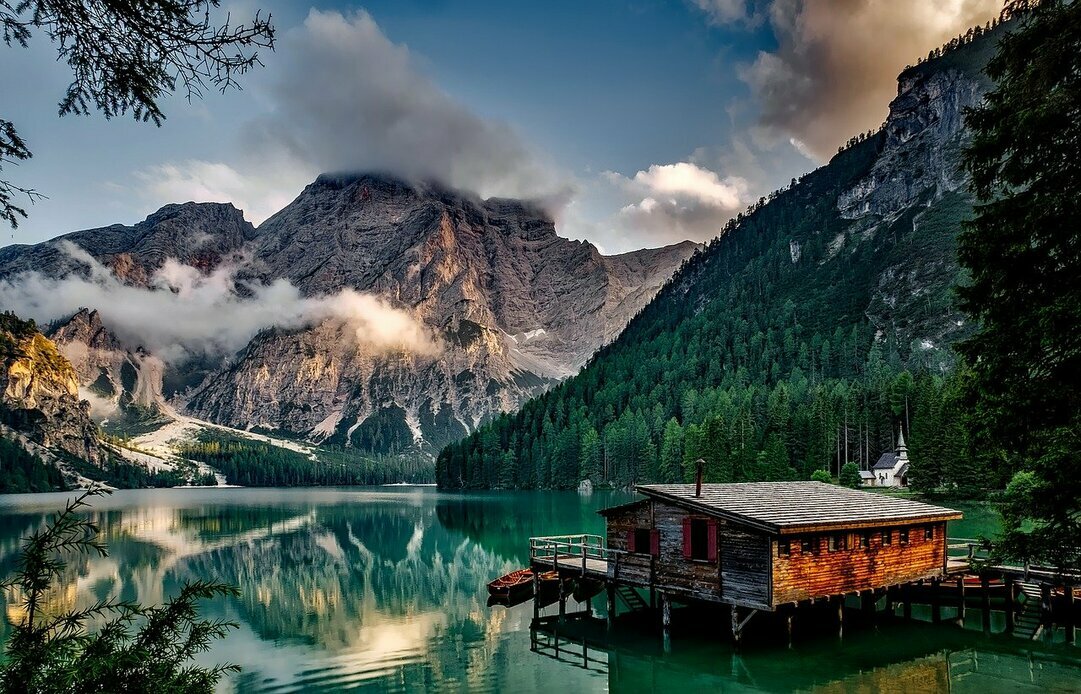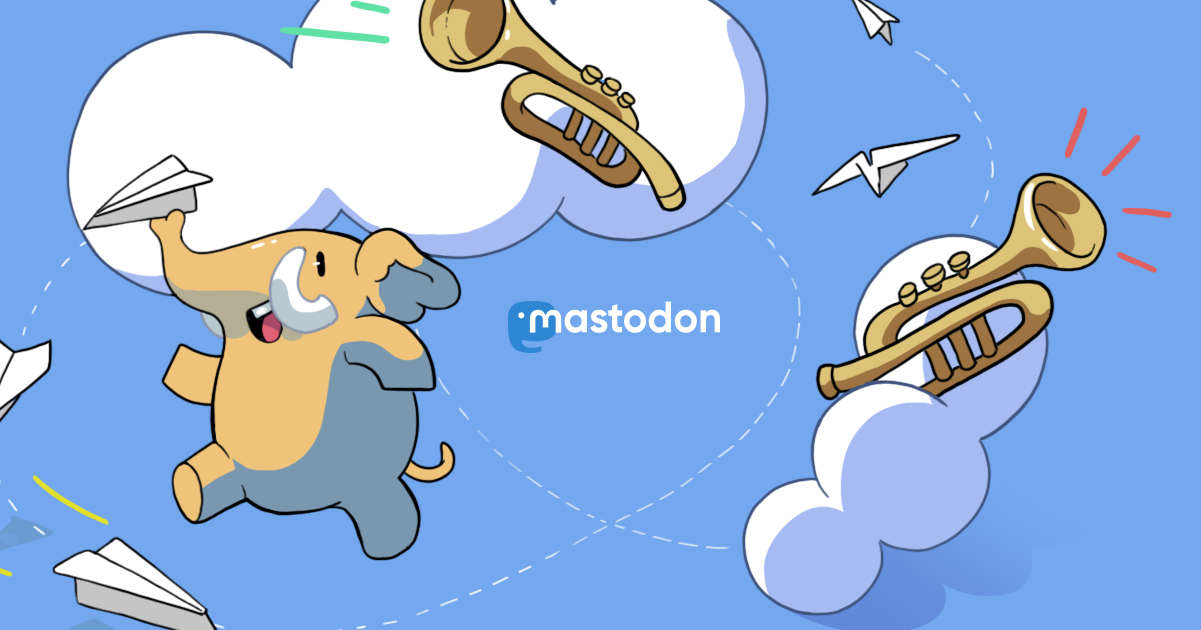
Back to natural colors, Horse Head, Flame and Casper the Friendly Ghost Nebulae. It's about that time when I am getting to picture my favorite constellation Orion. I have always been fascinated with it, have no idea why. #astrophotography #astropic
Finally had a chance to process data from Christmas #astrophotography sort of advent calendar since it was done over 7 different nights. Result is 7 hours of Ha, SII and OII on a OSC camera with 50 min of RGB stars. Christmas Tree cluster SH2-273. #astropic
Couple rainy days gave me an opportunity to process Heart and Soul Nebula. That's had been shot while ago in SHO. #astropic #astrophotography
This could be last picture with halos around some stars, I think I finally solved my problem by adding UV/IR filter into the mix with cheap dual band filters from Askar C1 and C2, fingers crossed. This is Elephant Trunk Nebula SH2-131 in SHO, first time I was shooting this subject. #astrophotography #astropic
Finally had a chance to process few of my images. Here is entire Veil Nebula SH2-103 in SHO. #astrophotography #astropic
Here is my progress on latest #astrophotography project. I've done 2 panels 4h on Horse Head and 3h on Orion Nebula. Processed with #siril and stitched in #gimp. Problems, overexposed Orion Nebula, I need to shorten my exposures, then add more data on Horse Head and pick something else for stitching, something with more precise star alignment, thinking about ASTAP. #astropic
I've always been fascinated with Orion constellation, it's definitely my favorite. I remember last year when I was shooting Orion using my trusty Canon and saw a glimpse of Horse Head Nebula I was excited. It was not much even though I shot for hours. Fast forward year, here is about 1 hour shot through L-Enhance using astrocamera. You can clearly see all. It's start of a new project mosaic 4 or 6 panels, 6 hours each, I am not sure how to do it, so I am learning. #astropic
I've learned that 4 hours is a really weird spot, essentially it's really close to 2 hours in terms of the data I get, maybe less noisier, but I typically need at least 6 hours to get visible improvements comparing to 2 hours of data. Here is M45 aka Pleiades with 4 hours. #astropic #astrophotography
We finally had some break in clouds and I was able to spend goo amount of time my target. However I picked wrong one because that nebula has emission and reflection pieces and I was shooting through a filter, that cut reflection part. This is Flaming Star Nebula 1500 light years away from Earth along with Letter Y Star Cluster, Spider Nebula and Fly Nebula. Really quick processing. #astropic
I call it project of learning, just for the fun I've decided to fully utilize my new gear. First night my focus shifted, then I've realized I forgot to turn on cooling, then I've spent time learning how to guide. Now I am guiding, focused using HFR tool in Ekos/Kstars, but I am suspecting that SWSA running out of batteries. It's been fun, here is 4h of leftovers(about 50%) on NGC281 aka PacMan #astropic
First light with a new toy. Real astrocamera ASI 533MC Pro, it's way ahead of my old trusted Canon. I am still learning and building my workflow with it. I've setup yesterday to workout focusing with it, it's way harder since you view your picture through VNC screen :D. Here is first light, Orion Nebula and glimpse of Horse Head Nebula, just 15 min of integration, no calibration frames no framing, quick processing, but I love it. #astropic
I've decided to take on another subject while it was high in the sky. Because of rains and clouds and work, I only had 4 hours on it, over 2 days from Bortle 7-8 area. Though it's buy one get one free kind of things with proper framing. Pacman Nebula and Ghost of Cassiopeia from constellation of Cassiopeia, my 2nd or 3-rd favorite asterism in the sky. Shos with Canon T3i, 135 mm at F/2.5 and ISO 1600, through L-Enhance. #astropic
Another experiment that sat on my drive for a while, I think it's about 10 hours of total exposure 4Ha + 6 through L-Enhance filter on stock Canon camera. I've learned that I'd probably need more time for individual exposure with Ha. NGC 7822 aka Teddy Bear Nebula. Shot with Canon 3ti, F/2.8 135mm, L-Enhance and Ha filters. #astropic
I was not satisfied with the result and decided to reprocess California Nebula and NGC1499. Here is what I got in a second try. #astropic
What did I learned photographing California Nebula. Main lesson is photographing DSO shoot for a objects higher in the sky. Here is 8 hours of NGC1499, from Bortle 7-8 zone, shot with Canon T3i, 135mm F/2.8, ISO 1600 with L-Enhance filter. #astropic Additionally RaspberryPI are very good tester of powerbanks :D as heart of my rig is RPI with KStars/EKOS/INDI
Clear skies around new moon let me take a picture of Andromeda Galaxy, M31 our nearest neighbor and few other galaxies made it into the shot. This was shot with Canon T3i, 135mm F/2.8 lens, ISO 100 from Bortle 7-8 area. Processed in @Siril_Official #astropic #astrophotography
We had few nights with clear skies so I took advantage of that and shot object that I wanted since last year: Heart and Soul nebulas aka IC1805 and IC1848. Shot with Canon T3i, 135mm at F/2.8, L-Enhance filter from Bortle 7-8 sky and quickly processed with Siril. #astropic
I was quite lucky this week, few nights with clear skies and I was able to complete 6 hours of IC1318 and NGC6888 aka Butterfly and Crescent Nebulas respectively. I think I finally nailed down whole process, it appears that on many subjects 6 hours is enough of the data for me to work with and get a descent pictures. Shot with Canon T3i, 135mm F/2.8 lens ISO 1600 and L-Enhance filter. I am still learning tricks around processing that data, this was a second try. #astrophography #astropic
Just finisher Cygnus Loop project. This is supernova remnant, it's believed that at the time of explosion it could have been seen from Earth in a broad daylight, so powerful it was. It's consist of West and East Veil nebulas and few other pieces. Sh2-103 Cygnus Loop/Veil Nebula shot with Canon T3i, 135 mm, F/2.8, ISO 1600, L-Enhance filter. It's about 6 hours of total integration time. I've used dark frames in that one and not entirely sure if I like it. #astropic
